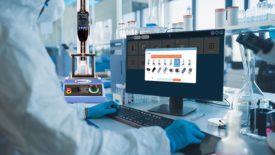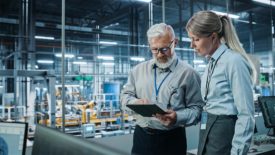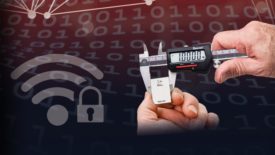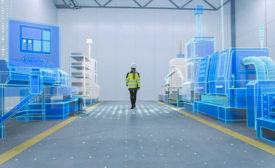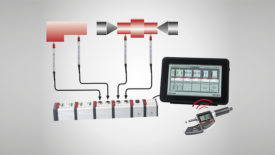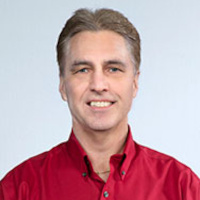Home » Industry 4.0
Articles Tagged with ''Industry 4.0''
Quality in Automation | Industry 4.0
Connected Quality Is the Secret Sauce to the Fulfillment of Industry 4.0
Integrating QC and QA can mitigate product quality risk and empower smarter factories.
April 6, 2023
Software & Analysis
Quality Software: Core Qualities to Build Specialist Software Tools in QC Metrology
Manual operations cannot fully meet the challenges of a competitive and increasingly digitized industry.
March 28, 2023
Vision & Sensors | Automation
Metrology Automation Finally Arrives
The smart start to metrology.
December 7, 2022
Software & Analysis
Integrating QC Measurement Data Into Manufacturing Systems
The best wireless data collection systems can dramatically increase productivity, remove the potential for errors, provide complete documentation and automate the data acquisition process.
October 10, 2022
NDT | Back 2 Basics
Robotic Computed Tomography Ready for NDE 4.0
Besides the automation of a CT system for NDE 4.0, it is very important to digitize the whole process for NDE.
August 8, 2022
Measurement
Submicron Displacement and Thickness Measurements with Confocal Sensors
Confocal chromatic measuring systems provide highly accurate distance, position, displacement and thickness measurements.
July 1, 2022
What Is a Digital Twin?
Digital twin technology helps organizations to use real-time data, mockups, algorithms, and AI to create a virtual depiction of a physical object, process, or service.
May 9, 2022
Measurement
It is Never Too Late to Teach an Old Custom Gage New Tricks
There are myriad ways to breathe new life into existing gages without the need to invest in new gaging.
March 8, 2022
Stay in the know with Quality’s comprehensive coverage of
the manufacturing and metrology industries.
eNewsletter | Website | eMagazine
JOIN TODAY!Copyright ©2025. All Rights Reserved BNP Media.
Design, CMS, Hosting & Web Development :: ePublishing



